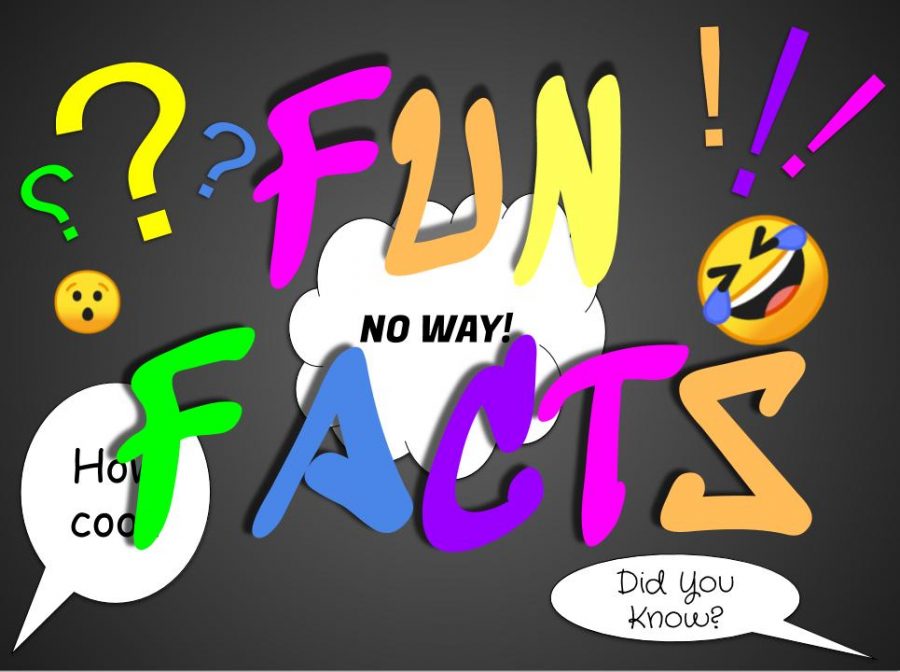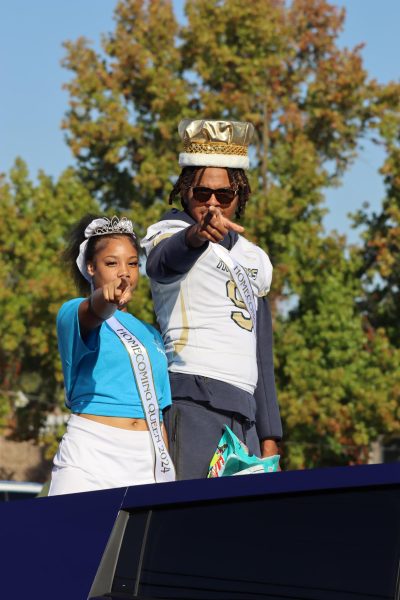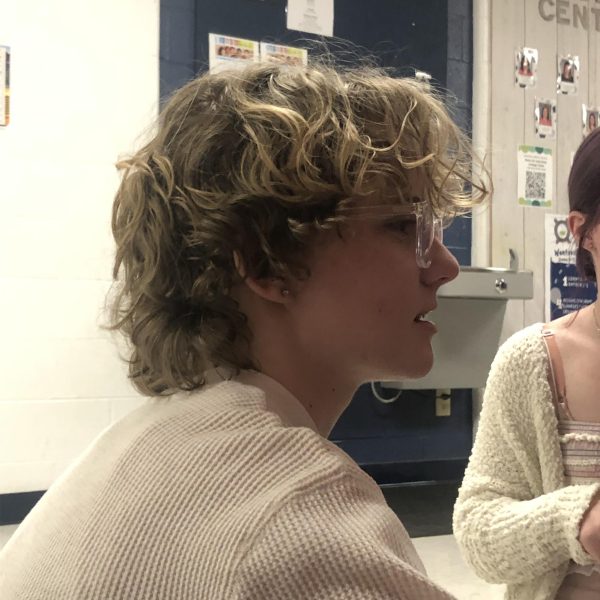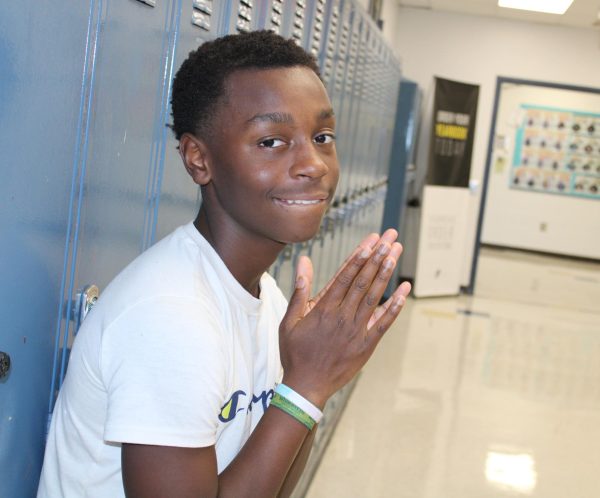A Weekly Dose of Fun Facts #2
Welcome to the second edition of ‘A Weekly Dose of Fun Facts’. If you read the first, welcome back! I hope you enjoyed it. If you’re new to ‘A Weekly Dose of Fun Facts’, this is a weekly article series dedicated to the odd, the interesting, the cool, and the fun facts of this world (you can check out the first edition here). Each fact will be unique and randomly hand selected by your author, who loves some trivia herself. So, without further ado, let’s get factual!
Monday: A $1 bill costs 7.7 cents to make.
Same is said for a $2 bill, which hasn’t been printed since 2003. A $5 bill costs 15.5 cents, a 10 is 15.9, a 20 and 50 is 16.1, and a 100 is 19.6. So now think about how many bills are currently in circulation. There are 11.7 billion one dollar bills in circulation, which would amount to 90.09 billion currently and that’s only one dollar bills!
Tuesday: There was a third Apple founder. Ronald Wayne sold his 10% stake for $800 in 1976.
In 1976, Steve Wozniak, Steve Jobs, and Ronald Wayne signed the Apple Inc founding partnership agreement. At 41, Wayne had joined the duo, who were 21 and 25 at the time, respectively, to provide some “adult supervision”. Not only had he drawn up the agreement itself, but also created the company’s first logo, which was around for less than a year before it was replaced with the one we all know. Fearing that any debts sustained by the business would fall on him, Wayne sold his 10% share back to his co-founders for $800 after a mere 12 days. Had he stayed with Apple, this 10% share would have been worth more than $95 billion. Crazy, right? But according to an interview with Business Insider, he doesn’t regret his decision and knew he wouldn’t have thrived with Apple, having felt out of place in standing with his two co founders to whom he dubbed “intellectual giants”.
Wednesday: The smell of fresh cut grass comes from the chemicals plants release when in distress.
First off, this is not an excuse to not cut your lawns. Second, plants can’t feel pain. They have no brain or nervous system. Anyway, when grass is cut, volatile organic compounds called green leaf volatiles (GLVs) are released. The rush of GLVs causes a number of things. Some of the compounds are sent to stimulate new cell formation at the injured site, others act as antibiotics that are able to hinder bacterial and fungi growth, and the rest either encourage production of defensive compounds as a preemptive measure for fortification or create the aroma we all know, which acts as a 911 call to any beneficial insects that could help the cut grass.
Thursday: The longest wedding veil was longer than 63 football fields.
Can you imagine that? Well, a woman in Cyprus could. On 14 August 2018, Maria Paraskeva wore her 6962.6 meter veil and achieved the title of longest wedding veil, which apparently had been her childhood dream. Imagine how heavy that was when she walked down the aisle. Geez.
Friday: J.K Rowling invented Quidditch in a pub.
Apparently, she had been staying the night in a very small hotel room in the Bourneville Hotel in Didsbury, Manchester and after having a fight with her boyfriend at the time, she stormed out and went to the pub. Thus, Quidditch was born. How interesting, right?
Saturday: In 1897, Indiana state legislators tried to pass a bill that would have redefined the value of pi ( or 3.14159265..) as 3.2.
Can you imagine how many difficulties mathematically would come about from this had it been successful? It was nearly so too. In the late 1900s, rural physician Edward J. Goodwin dabbled in mathematics (oh, it gets better) and came to believe he had solved several of the world’s mathematical enigmas. One of which was squaring the circle. In his calculations, he replaced pi with a much simpler rounded, but completely incorrect, version, 3.2. After his “discovery”, he attempted to publicize this and the rest of his theories. He didn’t have much luck until 1897 when he convinced the Indiana State Legislature to hear his case (which was just a fantastic idea). It made it all the way to the Indiana Senate and landed in the Committee of Temperance, where Purdue mathematics professor Clarence A Waldo was present. Waldo was shocked when he discovered he was now involved in a debate regarding a piece of mathematical legislation and was even more shocked upon uncovering the contents of said legislation. Immediately set on righting this, he intervened and made sure to inform the other senators on the topic. This kept the bill from passing. So pi remains as it should; 3.14159265 and so on.
Sunday: An 11-year-old was responsible for naming Pluto.
Yes, you read that right. In March 1930, after she had listened to her grandfather, who read the great news to them from the newspaper at breakfast, Venetia Burney, who was familiar with both Greek and Roman myth as well as knowledge regarding the solar system and the names of the other planets, asked, “Why not name it Pluto?”. Her grandfather, Falconer Madan, had been so delighted with the proposal that he suggested it to Herbert Hall Turner, who was a retired astronomer that held the title of Astronomer Royal (an honour awarded to a distinguished astronomer who is expected to advise the Queen with astronomical matters). Turner then immediately communicated the idea to American astronomers at Lowell Observatory and the planet (now dwarf planet) was officially dubbed Pluto in May 1930.
That’s all for now, Holt. See you next Monday for a new ‘A Weekly Dose of Fun Facts!










